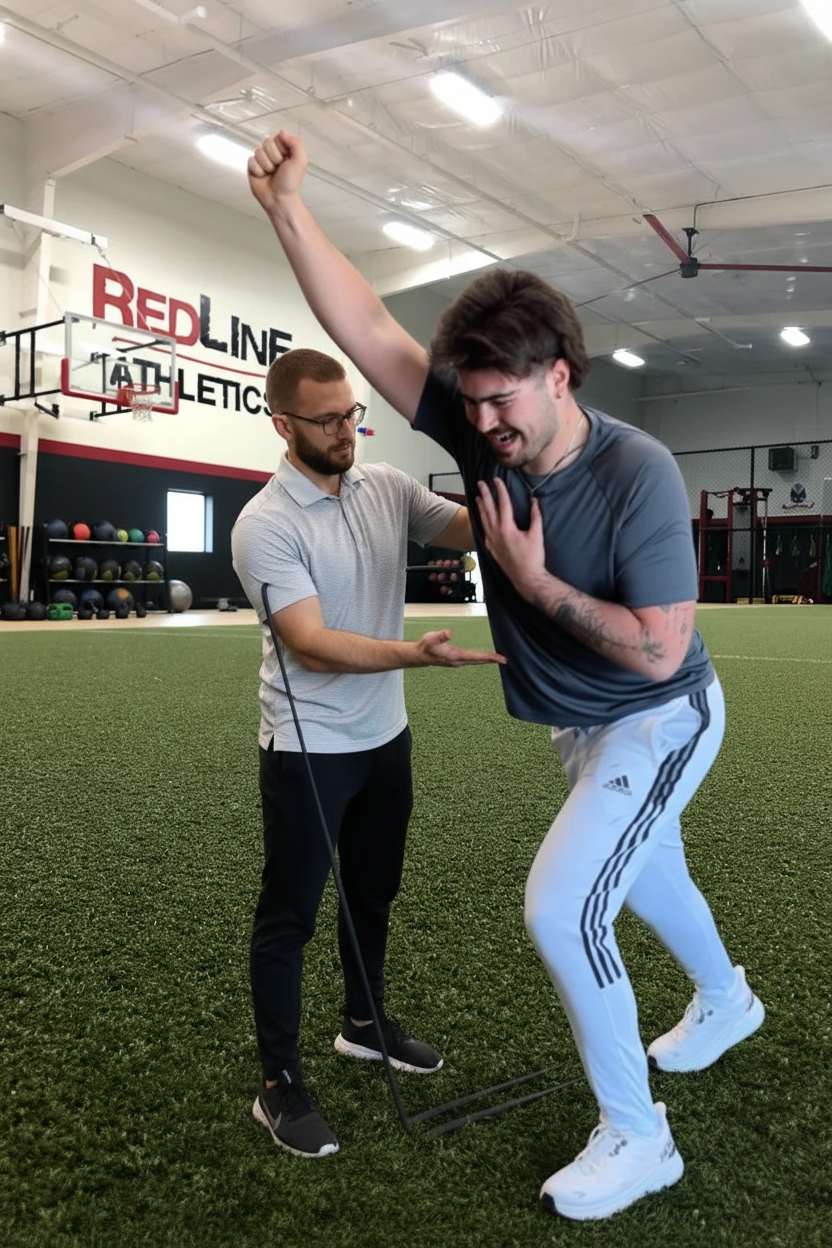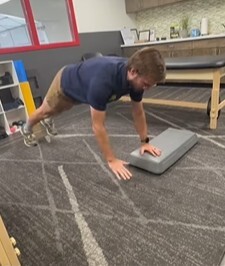blogAs an athlete or active individual in San Antonio, your body is your most valuable asset. When i...


blogAs an athlete or active individual in San Antonio, your body is your most valuable asset. When i...
_Physical%20Therapy%20in%20San%20Antonio_%20A%20Complete%20Guide%20to%20Recovery%20and%20Performance_November2025_Image1.png)
Are you an athlete or active individual in San Antonio battling persistent pain, sidelined by injury...

Choosing the right training format can make or break your consistency and progress. Whether you're r...

Whether you're just stepping into the gym for the first time or you're years into your fitness journ...

If you’ve ever felt lost in a crowded gym class or unmotivated trying to push through workouts alone...

You’ve been sidelined for weeks. You followed the plan. You’ve seen your doctor. And now—you’re clea...

When it comes to rehabbing athletic injuries, there’s one approach that just doesn’t cut it: cookie-...

Athletes know recovery isn’t optional—it’s the secret weapon that keeps them in the game. But when m...
.png)
In today’s competitive sports culture, teenage athletes are training harder and younger than ever be...
.png)
When it comes to sports performance, most athletes focus on strength, speed, and endurance. But one ...
Lorem ipsum dolor sit amet, consectetur adipiscing elit, sed do eiusmod tempor incididunt ut labore et dolore magna aliqua.